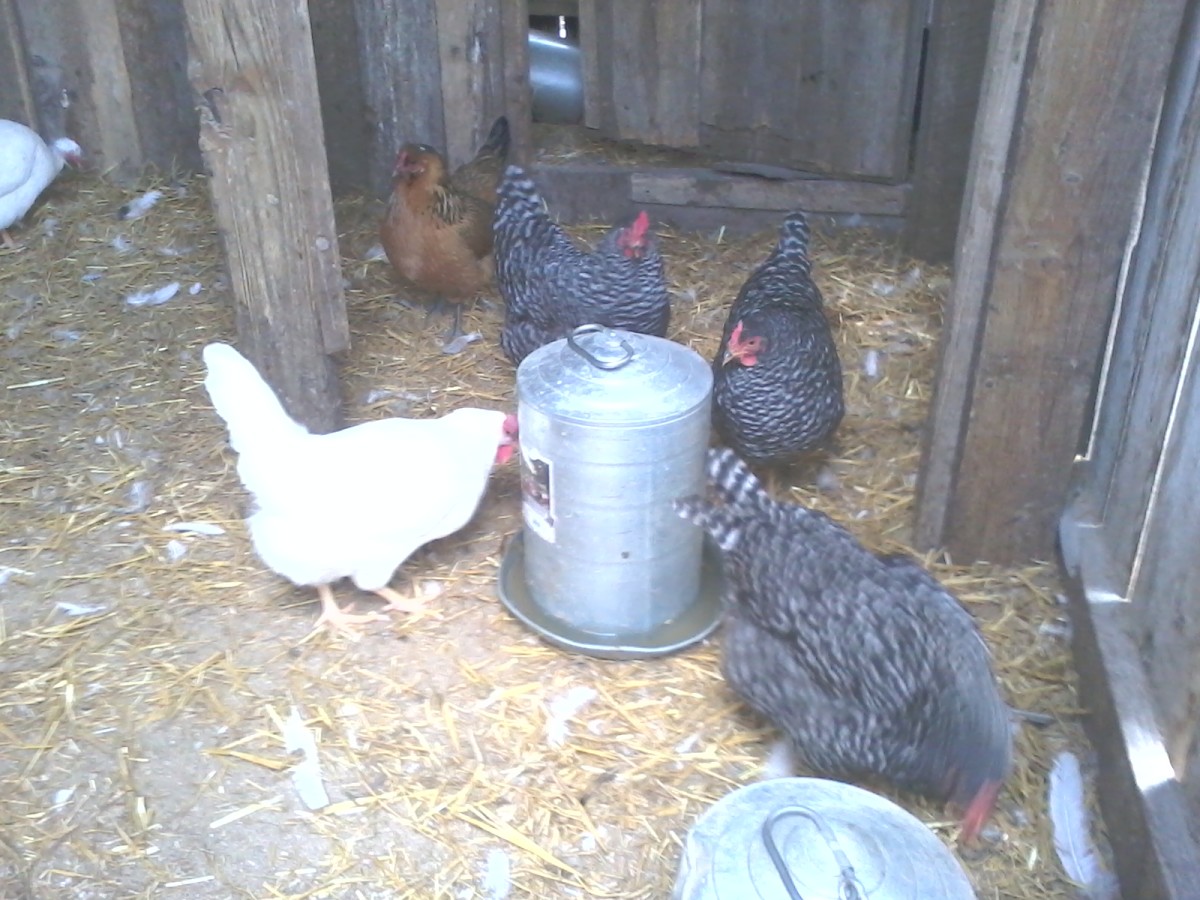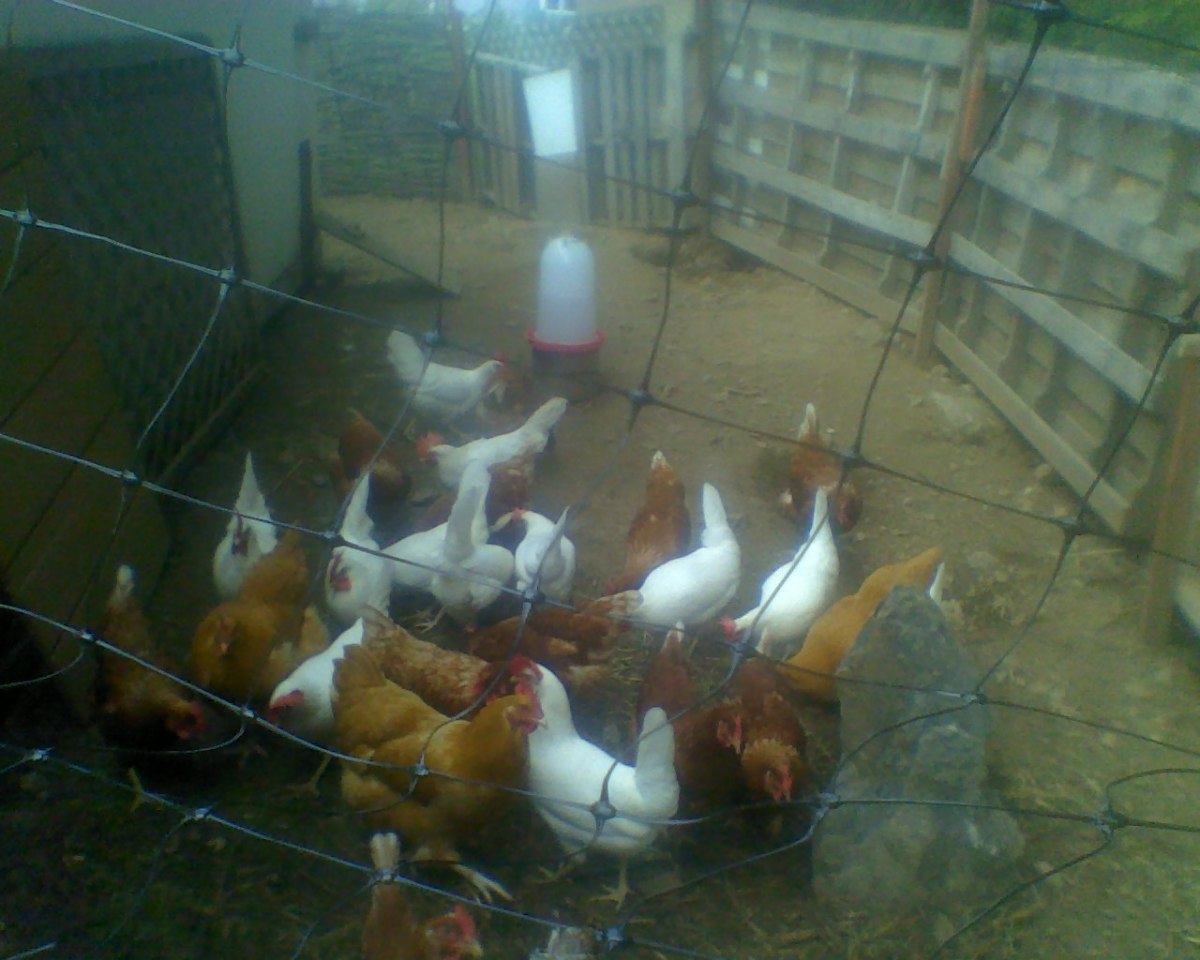10 Ways to Save Money on Your Food Bill
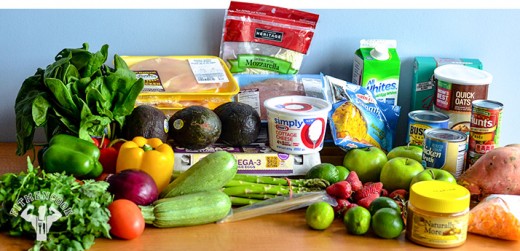
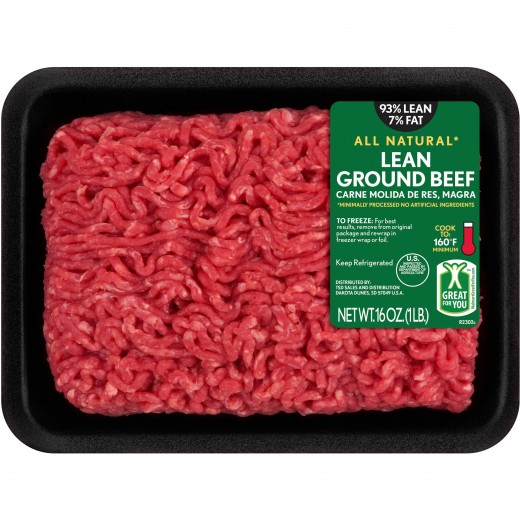
1) Use Ground Beef
Ground beef is very versatile. It can go with soups, casseroles, pies, meatloaf, tacos, burgers, pasta, chilis, sloppy joes, pizzas and almost anything you can think of. What ground beef can do is limited by your imagination. Ground beef is not only cheap but it is very filling. Beef takes a while to digest so you would stay full longer than if you eat pork or chicken.
In order for you to be able to save even more money, it pays to buy in bulk and to take advantage of the different specials your local retailer has. Ground beef usually goes on sale when it is near expiry or when there is a store event or storewide sale. Aside from sales, you can also take advantage of different store and manufacturer coupons to further supplement your savings.
A plus with ground beef is that it is easily mixed with cheap extenders. Such extenders could be textured vegetable protein, oatmeal, bread crumbs, ground pork, beans and soy flour. The extenders help increase the quantity of the ground beef without necessarily compromising too much on quality.
Making American Style Meatloaf
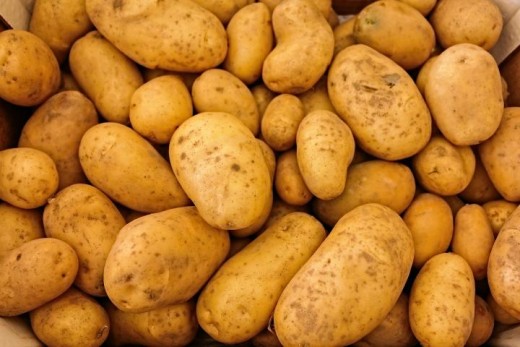
2) Use Potatoes
Potatoes contain 3 grams of fiber per serving. Fiber is not only good for cleaning up
your digestive tract but also helps you fill up easily. This not only helps you cut down on your food intake but helps you save money in the process.
Here are some of the more popular ways to prepare everybody's favorite root crop.
*mashed potato
*hashed browns
*potato pancakes
*potatoes au gratin
*roasted potatoes
*scalloped potatoes
*french fries
*boiled potatoes
*baked potatoes
Potatoes can be eaten alone but is more popularly used as a side dish alongside meat. Eating potatoes helps you fill up quick so you do not need to eat more of the higher costed meat.
Contrary to popular belief, potatoes are not just chock full of empty calories but have a decent nutritional value. Potatoes contain vitamins C and B6, manganese, phosphorus, niacin and pantothenic acid.
Making Spicy Potato Breakfast Pancakes

3) Use Eggs
Eggs are very cheap, filling and nutritious.A typical large eggs contains 67 mg of potassium and 6.29 g of protein. The United States produces about 50 billion eggs per year so there is plenty to go around.
Eggs are very versatile food. They can be a stand alone or be included in a variety of soups, sandwiches and sides.
Here are some of the more popular ways to prepare eggs.
*deviled eggs
*boiled eggs
*scrambled eggs
*coddled eggs
*omelette
*poached egg
*eggs benedict
*pickled eggs
Making Scrambled Eggs
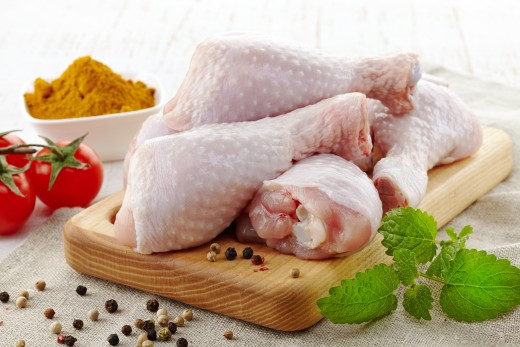
4) Use Chicken Meat
Among the different types of meat such as beef, pork, lamb, veal and venison, chicken is the cheapest among them. This is because of the quick turnaround time for chickens to be ready for slaughter (6-8 weeks).
Chickens are are very versatile and easy to prepare.They can be used in a large variety of dishes. Aside from that, chickens are available in numerous cuts to suit your needs and tastes.
Chickens have a decent nutritional value with 54 mg potassium and 5.27 g protein per ounce. It also contains trace amounts of Iron, Vitamin A and Vitamin C.
Each year, people in the United States consumes 8 billion chickens.
Here are some of the more popular ways to prepare everyone's favorite bird.
*fried chicken
*roast chicken
*barbecue chicken
*chicken nuggets
*chicken cordon bleu
*chicken soup
*chicken noodle soup
*chicken curry
*rotisserie chicken
*lemon chicken
*kung pao chicken
Making Roast Chicken
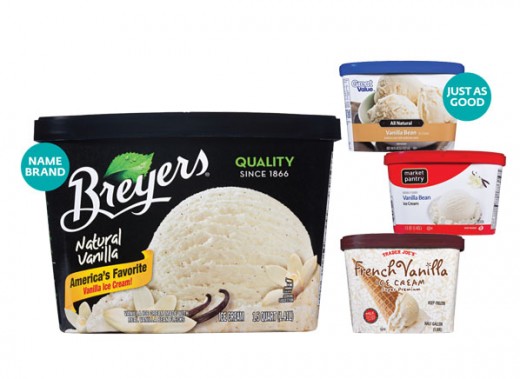
5) Buy Store Brands
Store brands are a great way to get something close to the quality of a national brand without necessarily having to shell out big bucks. The reason that store brands can deliver such a high quality product at a fraction of the cost is because they are sourced by the store directly from the manufacturer hence cutting down on marketing, advertising and distribution costs.
With times becoming tougher and wages becoming stagnant, store brands are becoming increasingly popular as they provide value-for-money. With Americans becoming more price conscious, they are forking less and less of their hard earned dollars to national brands.
To add to this, store brands have upped their game and have seen a drastic increase in quality. This has made the decision to switch from national brands to store brands even easier.
Here are some retailers and their store brands.
Costco - Kikland signature
Kmart - Smart Sense
Walmart - Great Value
Walmart - Sam's Choice
Target - Simply Balanced
Target - Archer Farms
Target - Market Pantry
Trader Joe's - Trader Joe's
Whole Foods - 365 Everyday Organic
Name Brands vs Store Brands
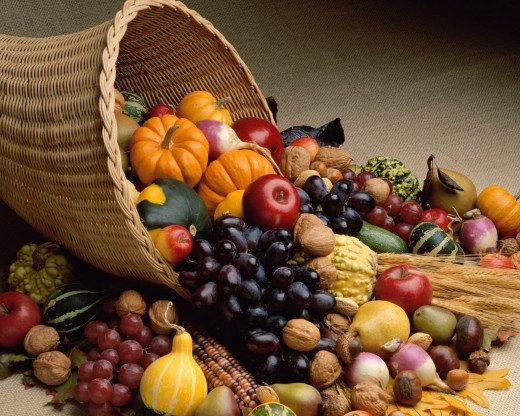
6) Purchase Food That Is In Season
It is the simple law of demand and supply. When fruits and vegetables are in season, they are bountiful and abundant. When out of season, the demand may still be there, but the supply is much less thus higher prices.
Sure, you may crave for that summer strawberry or that winter passion fruit but if it is not in season, there isn't much to go around and it will cost you a pretty penny.
There is a way around it though. During the time, the fruit or vegetable is bountiful, you can buy in excess and preserve it. There are many ways of preserving fresh produce - freezing, canning, drying, turning it into preserves, jams or jellies, turning it into candy or turning it into sauce or syrup. There is a multitude of ways of preserving your precious produce for future use.
Here are examples of everyday preserved produce.
*dried pineapple
*applesauce
*canned tomatoes
*dried mangoes
*frozen peas
*strawberry jam
*canned peaches
*bottled cherries
*orange marmalade
*pickled cucumbers
*canned spinach
*dehydrated potatoes
*tomato ketchup
*canned corn
*frozen broccoli
*raisins
Making Strawberry Jam
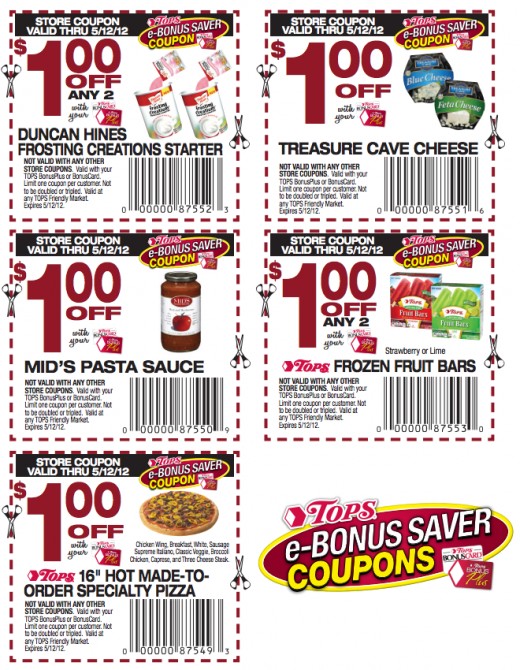
7) Play The Game
Managing your food supply is like going to war. You have to be prepared with a battle plan and contingencies or you will fail the mission. Your mission should you choose to accept it is to spend as little as you can and get as much as you can.
Planning involves a lot of legwork - You have to scout your local area for the stores that give the best deals and when they typically give those deals. You also have to know the price differences between the stores. Is the pasta in this store cheaper than the other? Does this store offer deals for bulk buyers or is it the same regardless of quantity?
Canvassing prices can help you save a few dollars here and there. You should also plan your meals to what is in season, what is on sale or what has the most enticing coupons. There is always food on sale. Its is just a matter of what it is.
Manage your food stores well - You have to organize, store and label your food properly to avoid any wastage. Studies show that about a quarter of the food Americans buy just end up in the dumpster because it has become off-dated or is no longer edible. Any leftovers should be repurposed to avoid any wastage. Left over vegetables can be turned into a sumptuous soup. Scraps of roast meat can be an amazing sandwich. It is a matter of mindset. We should think of food scraps as ingredients on a dish not as organic material destined for the trash receptacle.
Make a list and check it twice - Sure, you may not be jolly old Saint Nick but it pays to do a shopping list and stick to it. This helps to avoid impulse buys that tend to ruin your food budget. This will also help you calculate your actual expenditures.
Supermarkets and groceries are smart. They will try to lure you in with loss leaders such as milk, eggs, rice. They cannot be found near the entrance though, you have to travel through aisles of merchandise in order to get to them, giving you chances to pick up stuff you do not need. Just follow your list to avoid this temptation.
Do not shop hungry - Shopping when you are hungry will tend to make you overbuy. Make sure you had a meal first before shopping for groceries.
Meal planning - It pays to plan your meals in advance. This helps you save time and money as you already have the ingredients available and have most probably planned meals with ingredients that have favorable pricing at the time. This also helps avoid "eating outside" or "ordering outside" simply because you have nothing planned or prepared. Failing to prepare is preparing to fail as they say.
Playing The Coupon Game At Walmart
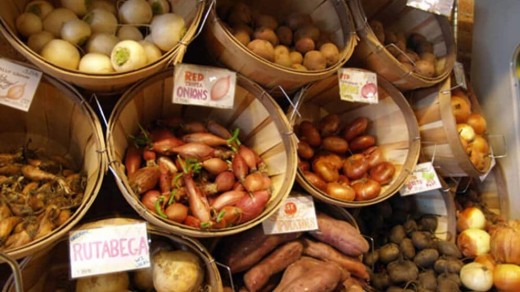
8) Organize A Buying Club
Supermarkets and groceries are able to leverage large purchases and multiple outlets into savings through quantities of scale. Now individually, we do not have such buying power unless we are a big business owner or a celebrity.
A buying club provides strength in numbers and helps provide you the said leverage in terms of buying and negotiating. It is essentially a member owned and managed cooperative that is made up of a small group of families or households that looks for better ways to buy and source food.You pool together orders and resources in order for everyone to get a better
deal.
Essentially there are many considerations in starting a buying club such as rules and regulations of the club, the delegation of responsibilities, ordering procedures, membership eligibility and decision making. This is basically a choice of who does what and what benefit one gets by doing so. Benefits can come in the form of mere acknowledgement, additional discounts and actual monetary compensation.
Forming A Food Buying Club
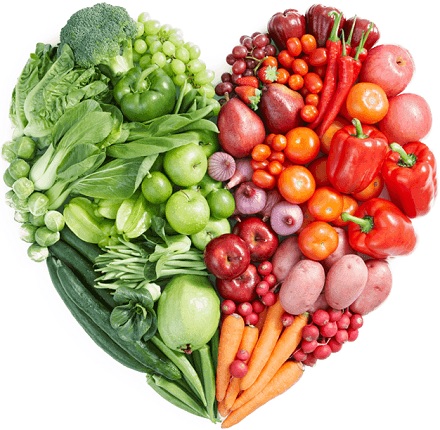
9) Eat Less Meat / Go Vegetarian
The price of protein is always on the rise as the prices of the animal feed, medicines and veterinary care go up as well. It takes a lot of resources in order to raise livestock. Consider that it takes a lot of water to produce just a pound of meat.
Here is a comparison of the water requirements to produce different meats and produce.
MEAT
Beef 1847 GAL / LB
Lamb 1249 GAL / LB
Pork 720 GAL / LB
Chicken 518 GAL / LB
PRODUCE
Soya 257 GAL / LB
Chickpeas 501 GAL / LB
Potatoes 34 GAL / LB
Sweet Potato 46 GAL / LB
Rolled Oats 290 GAL / LB
Broccoli 34 GAL / LB
Tomatoes 26 GAL / LB
As you can see, meat generally uses more resources to produce than produce and these added resources.
The following are U.S. city averages for the month of September 2017 from the Bureau of Labor Statistics.
Price
MEAT
Ground Beef $3.71 / LB
Sirloin Steak $7.35 / LB
Sliced Bacon $6.37 / LB
Boneless Porkchops $3.81 / LB
Boneless Ham $3.94 / LB
Fresh Whole Chicken $1.48 / LB
Boneless Chicken Breasts $3.19 / LB
Grade A Large Eggs $1.42 / DOZEN
PRODUCE
Apples $1.35 / LB
Bananas $0.54 / LB
Navel Oranges $1.48 / LB
Thompson Seedless Grapes $2.19 / LB
Potatoes $0.75 / LB
Broccoli $1.74 / LB
Iceberg Lettuce $0.94/LB
Romaine Lettuce $2.04 / LB
Making A Vegetarian Lunch

10) Plant Your Own Produce
Sure, "cheap" may be a good price but nothing beats "free." There are some fruits and vegetables that are easy to grow such as tomatoes, summer squashes, raddishes, lettuce, strawberries, apples and lemons. There is nothing more
satisying than literally harvesting the fruits of your labor.
Not only will you save a lot on food costs but you can be sure that your food is not
inundated in pesticides and herbicides. You can also make sure of the freshness of the food as it comes from your own backyard not from a farm a thousand miles away.
You also help save the environment as pesticides and herbicides tend to contaminate bodies of water and tend to seep into the groundwater. This contamination can kill wildlife and pollute sources of drinking water.
To add to this, having a home garden is a great way to bond with family as gardening is a fun and rewarding activity. Instead of members of the family being cooped up inside the home stuck to their mobile devices, they are outside actually engaging in physical activity and soaking up some Vitamin D from the sun.
The home garden also spruces up your yard with a variety of colors. The different hues of green, red, purple, yellow and orange will make your yard more vibrant and inviting.
Planting Your Home Garden
Saving Money On Your Food Bill
Which is the best way to save money on your food bill?
© 2017 Jan Michael Ong


